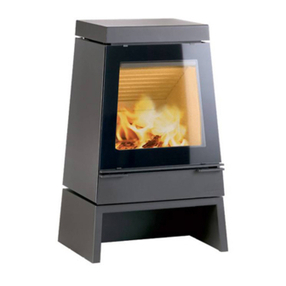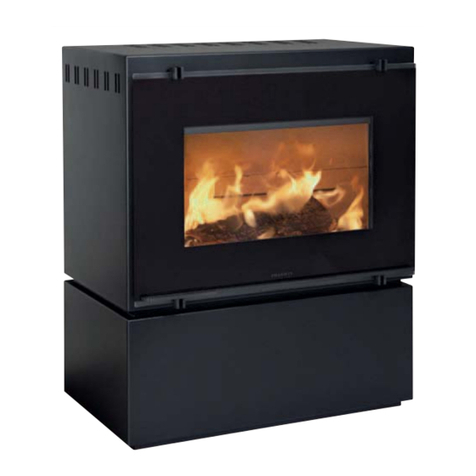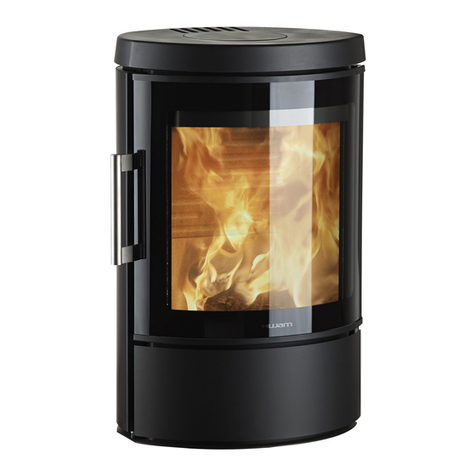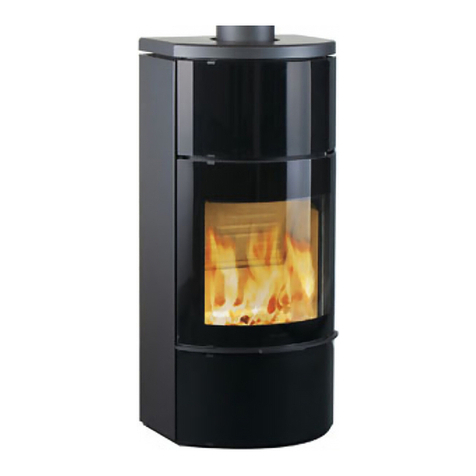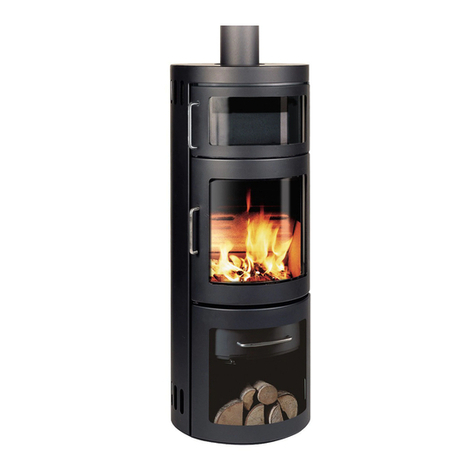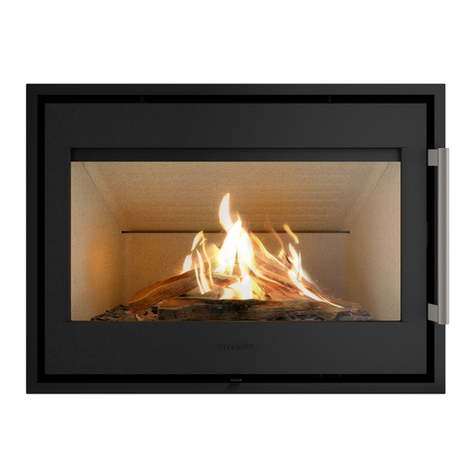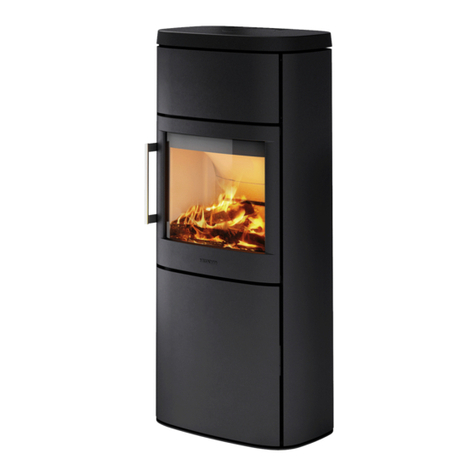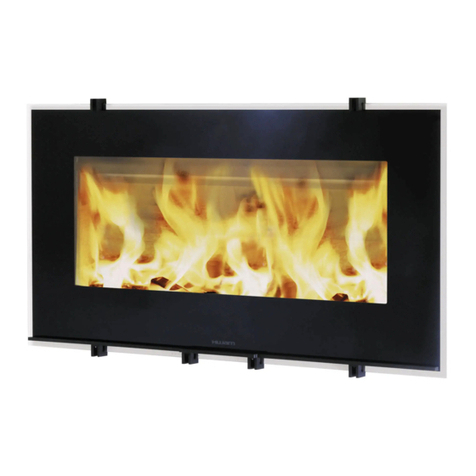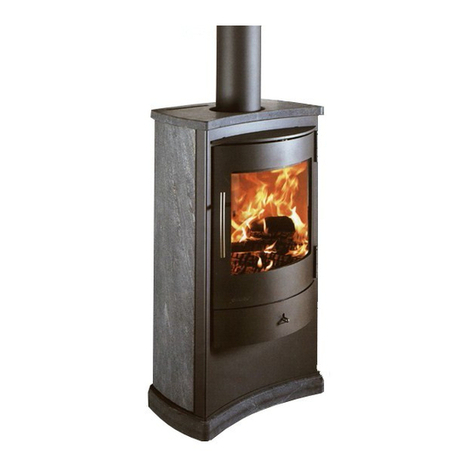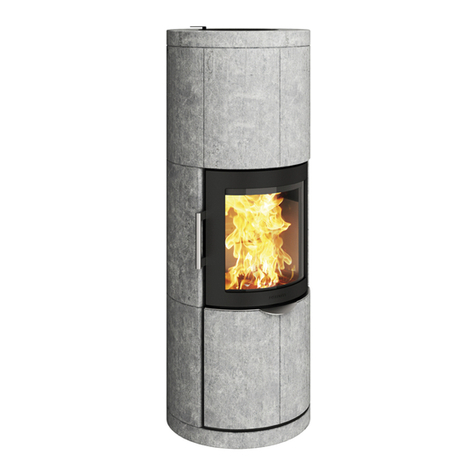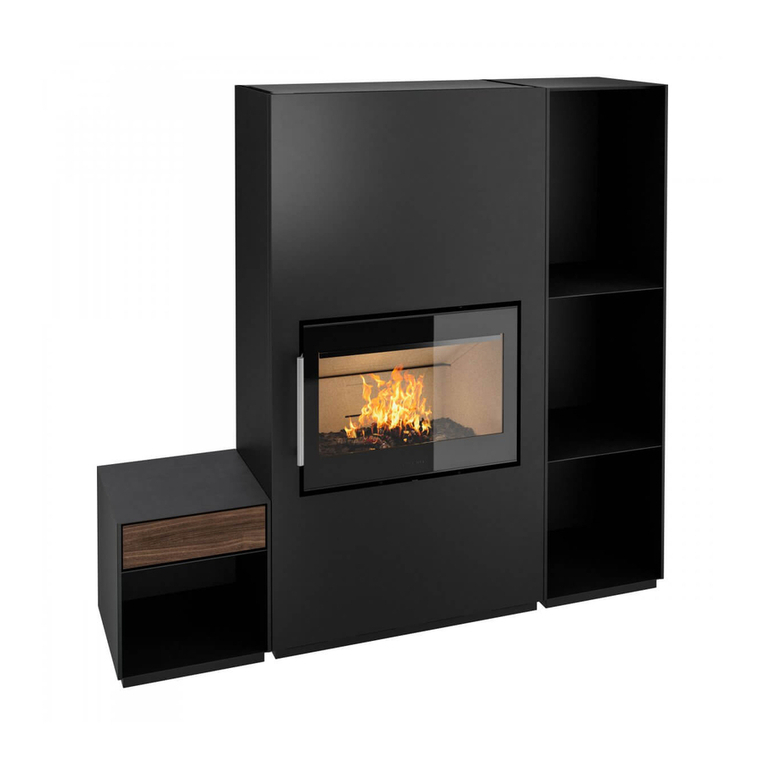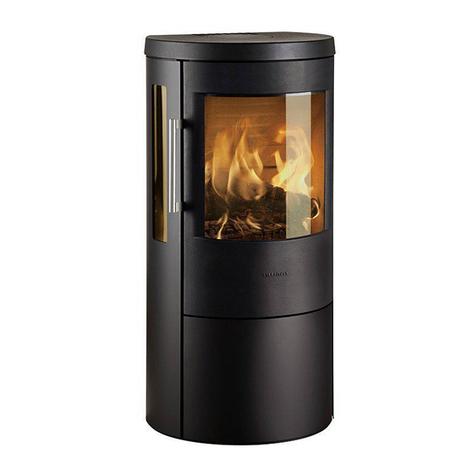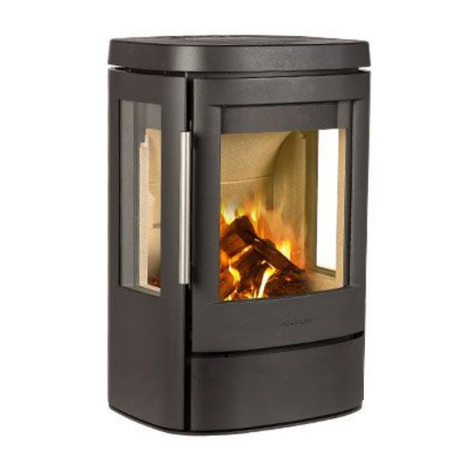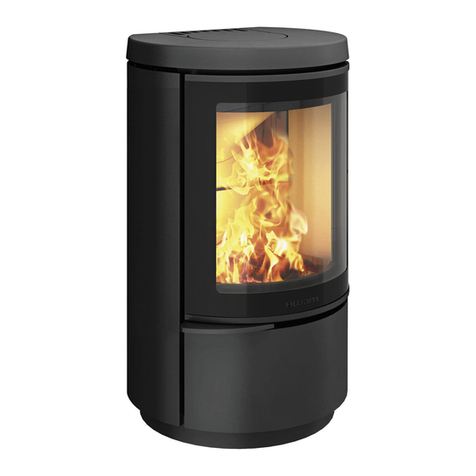General information
Installation of your HWAM woodburning stove must always comply with local building regulations. It is
a good idea to consult your local chimney sweep before installing, since he will be the one to sweep the
chimney and stove.
Always follow the instructions of the manual carefully and make sure that the installation is carried out
by a qualified professional. HWAM packaging material should always be handled in accordance with the
local rules for waste handling.
Room requirements
There must be a constant supply of fresh air to the room in which the stove is to be installed. The
woodburning stove uses approx. 13-17 m3air per hour. In comparison, a modern cooker hood sucks up
to 1000m3air per hour.A window that opens or an adjustable air vent should be sufficient, but it is also
possible to connect the stove to a HWAM fresh air system.The air inlet/grating must be placed so that
they do not become blocked.
Technical data
Before installing the stove, you must ensure that the load-bearing capacity of the floor can withstand the weight
of the stove and the chimney. The weight of the chimney should be calculated according to its dimensions and
height.Weight of the stove:
Model Weight Height Width Depth
HWAM 3630 136 kg 114,8 cm 55,6 cm 44,2 cm
HWAM 3640 136 kg 114,8 cm 55,6 cm 44,2 cm
HWAM 3640 w/soapstone cover 226 kg 114,8 cm 60,0 cm 44,2 cm
HWAM 3650 168 kg 150,8 cm 55,6 cm 44,2 cm
HWAM 3650 w/heat-storing stone 223 kg 150,8 cm 55,6 cm 44,2 cm
HWAM 3660 168 kg 150,8 cm 55,6 cm 44,2 cm
HWAM 3660 w/heat-storing stone 223 kg 150,8 cm 55,6 cm 44,2 cm
HWAM 3660 w/soapstone cover 279 kg 150,8 cm 60,0 cm 44,2 cm
HWAM 3660 w/soapstone cover
and heat-storing stone
334 kg 150,8 cm 60,0 cm 44,2 cm
The stove is mainly made of sheet iron, with some items made of cast iron.The HWAM Autopilot IHSTM
is an electronic product primarily consisting of plastic, a printed circuit board and wires.
Test results from nominal test EN 13240
Nominal heating effect 6.0 kW
Smoke temperature 269ºC
Exhaust gas flow 5,04 g/s
Efficiency 80,7 %
The test result according to NS 3058
Particle emission 1,78 g/kg
Distance to inflammable materials
Your HWAM woodburning stove should always be installed on a non-combustible hearth. If it is installed
on a wooden floor or similar, the floor must be covered with a non-combustible material.






